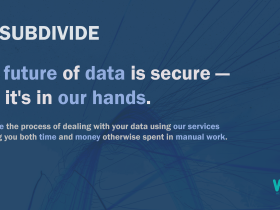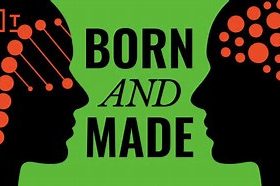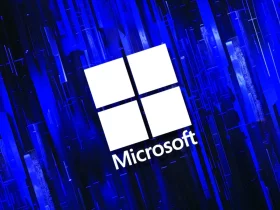By Forbes
There’s an overused cliche in the tech world that “hardware is hard.” The sentiment is often used to emphasize the perceived differences between building a hardware company versus a software company. The argument that “hardware is hard” usually centers around the fact that:
• Hardware is more capital-intensive than software.
• Hardware takes more time to build and deploy at scale than software.
• Hardware usually has slimmer margins than software.
Undoubtedly, software has dominated the tech world over the past decade. Marc Andreessen, a founding partner at Andreessen Horowitz, wrote a now-infamous article in 2011 titled “Why Software Is Eating the World.” The article acted as an opening salvo for a decade that was dominated by software companies and drew attention to the opportunity that existed within software as the world emerged from two market meltdowns: the dot-com bubble of the late-1990s and the Great Recession between 2007 and 2009.
At the time of publication, Andreessen pointed out that the world was “in the middle of a dramatic and broad technological and economic shift in which software companies [were] poised to take over large swathes of the economy.” And boy, was he right.
With the rise of cloud computing platforms like AWS and Azure, software has become infinitely scalable, giving a staggering number of entrepreneurs with little more than a laptop, idea and computer science background the opportunity to go from zero to 60 in days, not decades. However, as unbridled enthusiasm for software investments has cooled over the last 18 months, it’s worth questioning whether the next decade will see the same level of software dominance as the previous one.
Blurred Lines
The line between hardware and software has become increasingly blurred, particularly among tech’s biggest names. Take Apple—the world’s largest company by market capitalization—for example. Is it a software-first or hardware-first company?
It’s hard to imagine the iPhone without iOS, iCloud or its App Store, which leads one to advocate for Apple as a software-first company. However, when you navigate to Apple’s home page, they aren’t selling software—they’re selling connected hardware: computers, iPhones, iPads, watches, headphones and more.
A glance at the top 12 most valuable companies in the world by market capitalization as of July 2023 reveals a mix of hardware-first and software-first companies that might surprise some people.
• Four Hardware-First Companies: Apple, NVIDIA, Tesla and Taiwan Semiconductor Manufacturing (TSMC).
• Four Software-First Companies: Microsoft, Alphabet (Google), Amazon and Meta (Facebook).
• Two Financial Services: Berkshire Hathaway and Visa.
• One Oil And Gas Company: Saudi Aramco.
• One Retailer: LVMH.
So, given the success of hardware-first companies, why do they often receive a bad reputation, especially within the venture community?
Hardware Is The Tech You Marry
Although software-first companies offer advantages such as high margins, scalability, capital efficiency and predictable revenue, they also face challenges. Most notably, low barriers to entry lead to significant competition and limited customer loyalty. Recent economic weakness has highlighted these vulnerabilities.
However, hardware-first companies face their own unique challenges, including capital intensity, supply chain and manufacturing complexities and slimmer margins. Despite these challenges, hardware-first companies have achieved remarkable success due to their ability to create tangible and differentiated products that are often very “sticky.” Additionally, hardware development usually involves obtaining many certifications before going to market, which can take time and money but is useful in creating barriers to entry.
When a company integrates its software product into hardware or when a customer makes an upfront capital investment to address real-world needs through hardware solutions, it can yield significant advantages. These advantages include customer loyalty, brand recognition and higher customer switching costs, all of which contribute to long-term viability and success, even in the face of economic fluctuations.
In conclusion, although hardware development presents its own set of challenges, it’s unfair to label it as inherently harder than software. Both hardware and software have their unique complexities and advantages.
The future of the tech industry is likely to witness a continued convergence of hardware and software, blurring the lines between the two. As technology advances and ecosystems evolve, companies that effectively integrate hardware and software capabilities together into a single product may have a competitive edge in delivering innovative and holistic solutions that remain “sticky” with recurring revenue models that generate long and predictable revenue trails. The Internet of Things (IoT) and its universe of connected machines are poised to be major beneficiaries as hardware and software products continue to collide.


































Leave a Reply